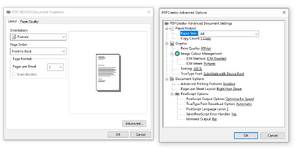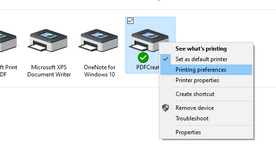I just upgraded my lappie to W11, thinking that customers will be pushed to do so soon - as with W10, and not wanting any unforeseen issues to bite me!
I cannot see anything life threatening... any gotchas I should be looking for? like the fix for general fields required in W10?
I cannot see anything life threatening... any gotchas I should be looking for? like the fix for general fields required in W10?



